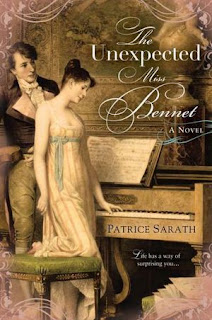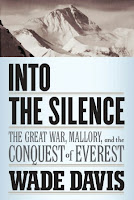 John Gapper is chief business commentator of the Financial Times, where he writes a weekly column. He co-authored All That Glitters, an account of the collapse of Barings bank in 1995.
John Gapper is chief business commentator of the Financial Times, where he writes a weekly column. He co-authored All That Glitters, an account of the collapse of Barings bank in 1995.One of his five top books on financial speculation, as told to Robert Cottrell at The Browser:
The Great Crash 1929Read about another book Gapper tagged for The Browser.
by John Kenneth Galbraith
Greed, vanity and weakness are also, to some extent, the themes of John Kenneth Galbraith’s The Great Crash 1929. Do you admire Galbraith as an economist?
The book shows his talent as a popular economist. It’s not chiefly a work of economics, though it does analyse the causes of the Great Depression. It’s more a work of history, almost of journalism. For an academic, Galbraith writes unusually well.
Does the book have predictive value? Could you have read it in 2005 and said “it looks like we’ve got another crash approaching”?
When you open this book, it starts with real estate speculation in Florida. Everybody is rushing down there because they believe Florida real estate is going to have an enormous boom. They are speculating in derivatives on it. The parallels could hardly be more precise.
Galbraith also draws out well the way in which one of the top bankers of the day, Charles Mitchell of National City Bank, together with Richard Whitney, head of the New York Stock Exchange, contrived to prolong the period of financial speculation.After the crash, these two became the symbols of the financial class’s malfeasance. They were prosecuted and reputationally ruined. Whitney was sent to Sing Sing [prison]. There, the parallel breaks down. No senior banker has faced such harsh justice this time.
Did the crash of 1929 fundamentally change American markets?
Galbraith didn’t go so far as to say that it could never happen again. But he did conclude that Wall Street would never be trusted in the same way. Instead, America would trust new institutions and regulations – first http://www.blogger.com/img/blank.gifand foremost the Securities and Exchange Commission. But if you fast-forward to the past decade, you find that the SEC had become ineffectual. And the Federal Reserve, at least under Alan Greenspan, was treating derivatives as though they were reducing and distributing risk, rather than creating it. So with benefit of hindsight, you have to say that Wall Street came through the Great Crash without being fundamentally changed.
The Great Crash, 1929 also appears on Samuel Muston's list of ten of "the finest - and most readable - books about Big Money" and David Charters's top ten list of books about bankers.
--Marshal Zeringue















































